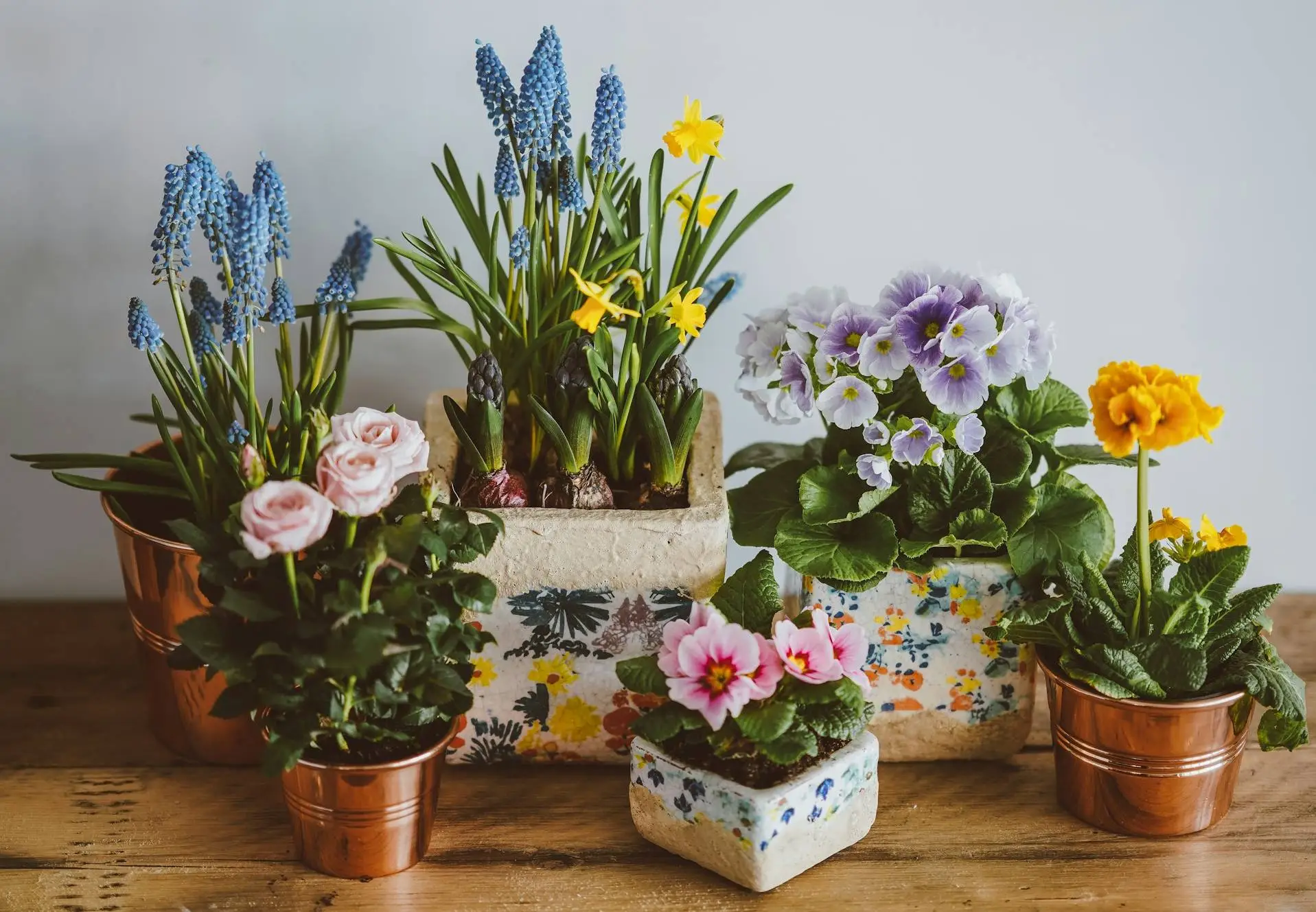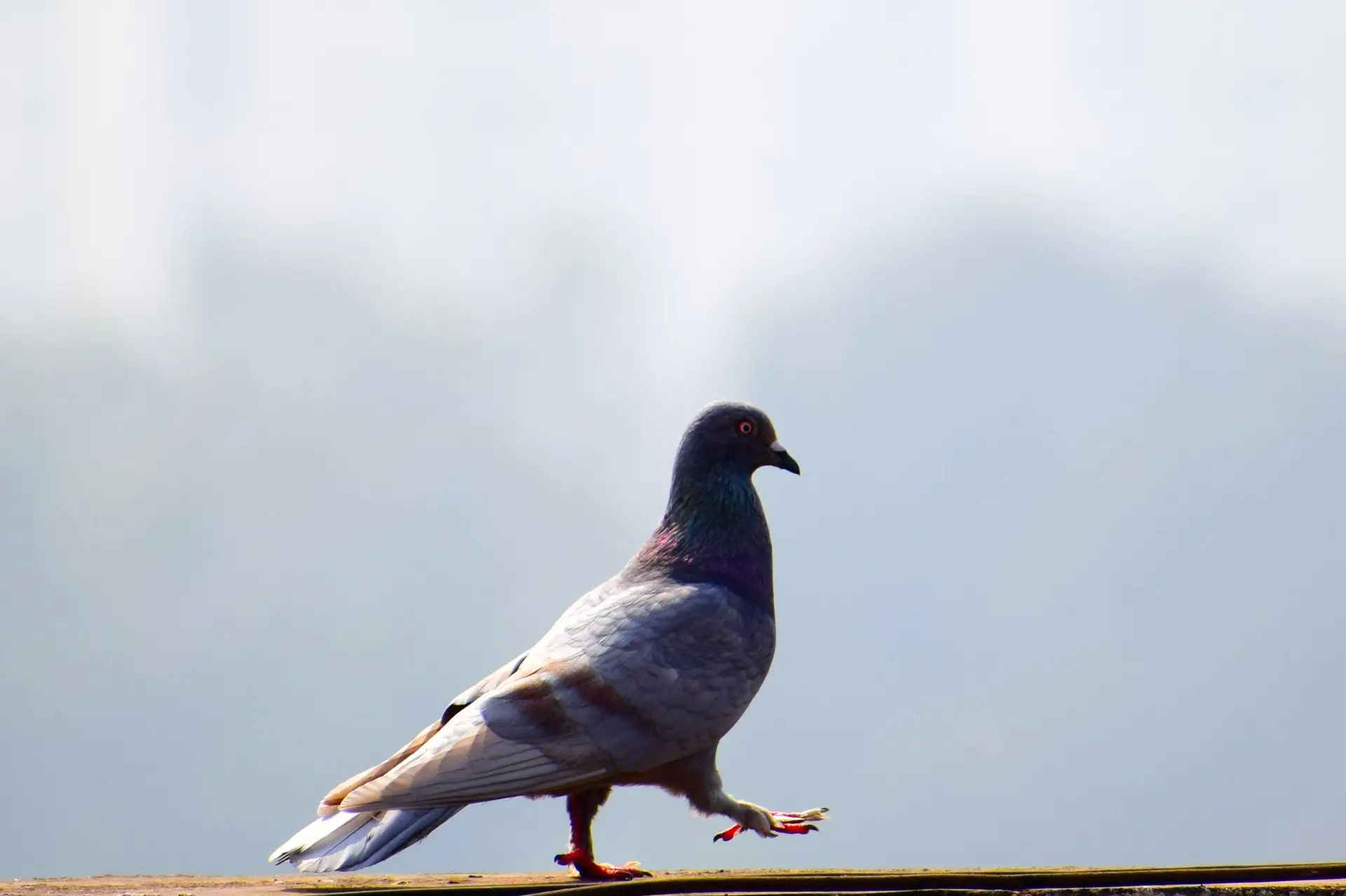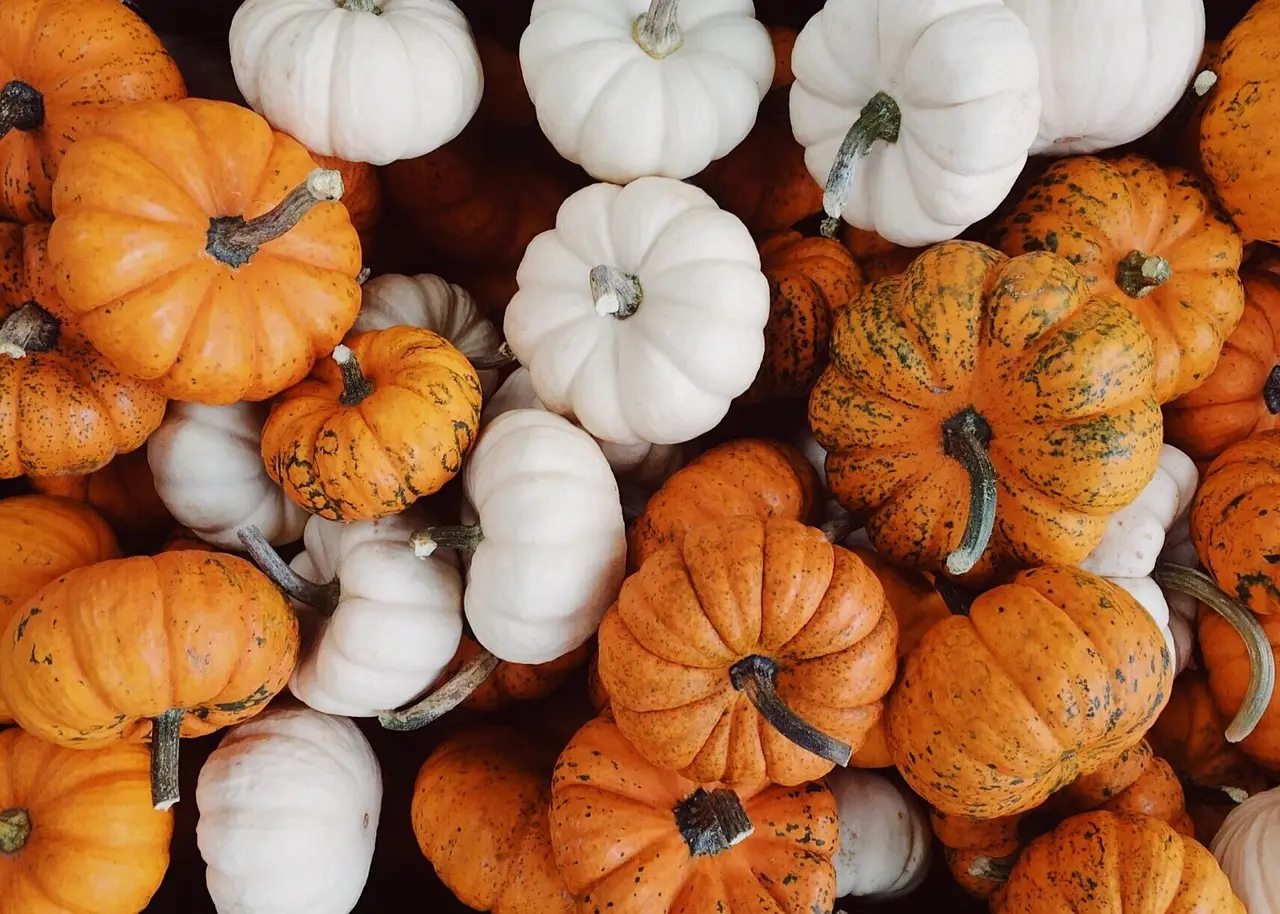Why Start Growing Indoor Plants
Growing indoor plants can greatly enhance your living space by adding a touch of nature and improving air quality. For beginners, indoor gardening is an accessible hobby that can be both rewarding and enjoyable. It provides a sense of accomplishment as you watch your plants grow and thrive.
Easy-Care Plants for Beginners
Starting with low-maintenance plants is ideal for those new to indoor gardening. These plants require minimal care and can thrive in various conditions:
Succulents
Succulents are perfect for beginners due to their low water requirements. They store water in their leaves, making them tolerant of dry conditions. Popular options include the Aloe Vera and Echeveria.
Ferns
Ferns like the Boston Fern or Maidenhair Fern are great for adding greenery with minimal effort. They prefer indirect light and regular misting to keep their leaves lush and healthy.
Snake Plant (Sansevieria)
The Snake Plant is one of the easiest plants to care for. It thrives in low light and requires infrequent watering. Its upright leaves and air-purifying qualities make it a popular choice for indoor spaces.
Understanding Light and Water Needs
Choosing plants that match your home's light and water conditions is crucial for their health. Here’s how to assess and meet their needs:
Light Conditions
Evaluate the natural light in your home to select the right plants. Low-light plants, like the Snake Plant, can thrive in darker corners, while plants like succulents need bright, indirect light. Place plants near windows or use grow lights if natural light is insufficient.
Water Requirements
Different plants have varying water needs. Succulents and cacti need infrequent watering, allowing the soil to dry out between waterings. In contrast, ferns and other moisture-loving plants require more frequent watering and consistent soil moisture.
Potting and Soil Tips
Proper potting and soil choice are essential for healthy indoor plants. Follow these guidelines for success:
Choosing the Right Pot
Select pots with drainage holes to prevent waterlogging and root rot. The size of the pot should accommodate the plant's growth while allowing excess water to drain away.
Soil Selection
Use potting mixes suited to your plants’ needs. Cactus and succulent mixes are ideal for plants that require well-draining soil, while standard potting soil works for most other indoor plants. Consider adding perlite or sand to improve drainage if needed.
Common Mistakes and How to Avoid Them
Beginners often make mistakes that can hinder plant growth. Avoid these common pitfalls:
Overwatering
Overwatering is a frequent issue that can lead to root rot. Always check the soil moisture before watering and ensure pots have proper drainage.
Incorrect Light Placement
Placing plants in unsuitable lighting conditions can affect their health. Understand the light needs of your plants and place them accordingly. Use artificial lighting if necessary to supplement natural light.
Neglecting to Repot
Failing to repot plants as they grow can restrict their development. Repot your plants every couple of years or when they outgrow their pots to provide them with more space and fresh soil.




